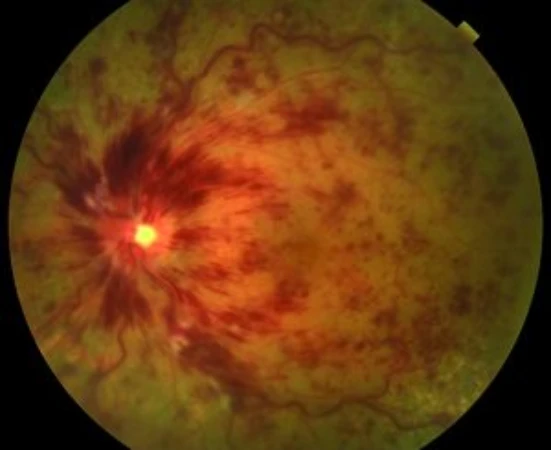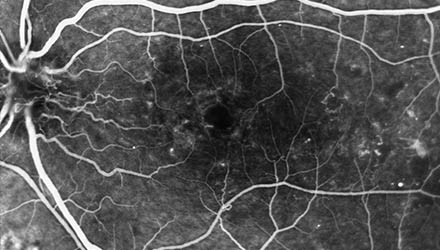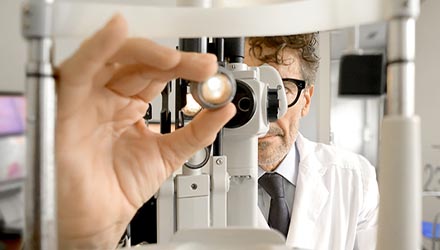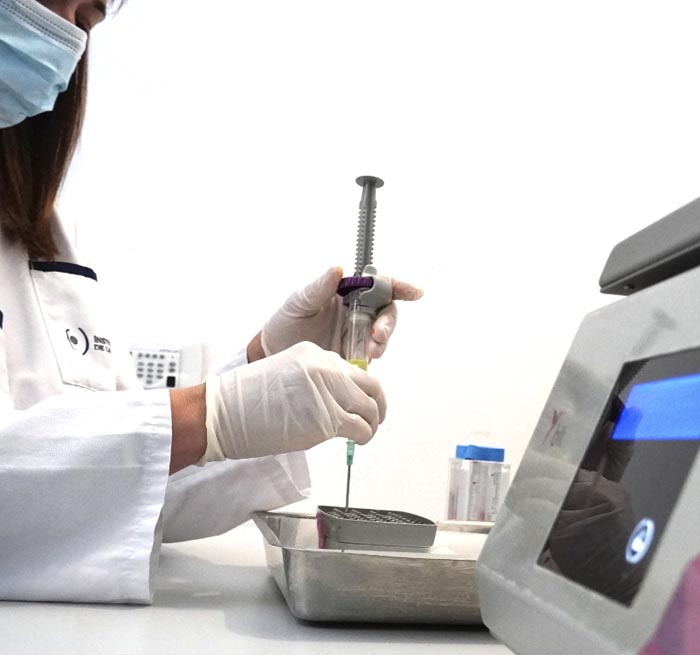Retinal vein occlusions are the second most common cause of vascular retinal disease, after proliferative diabetic retinopathy. They are defined by dilation of the retinal veins, with hemorrhages, intraretinal edema, retinal ischemia, and macular edema.
The main risk factors are the presence of cardiovascular diseases (diabetes, hypertension, hyperlipidemia, and hypercholesterolemia). In young patients without these antecedents, it is necessary to rule out an underlying coagulopathy associated with venous occlusions and ocular arterial occlusions.






